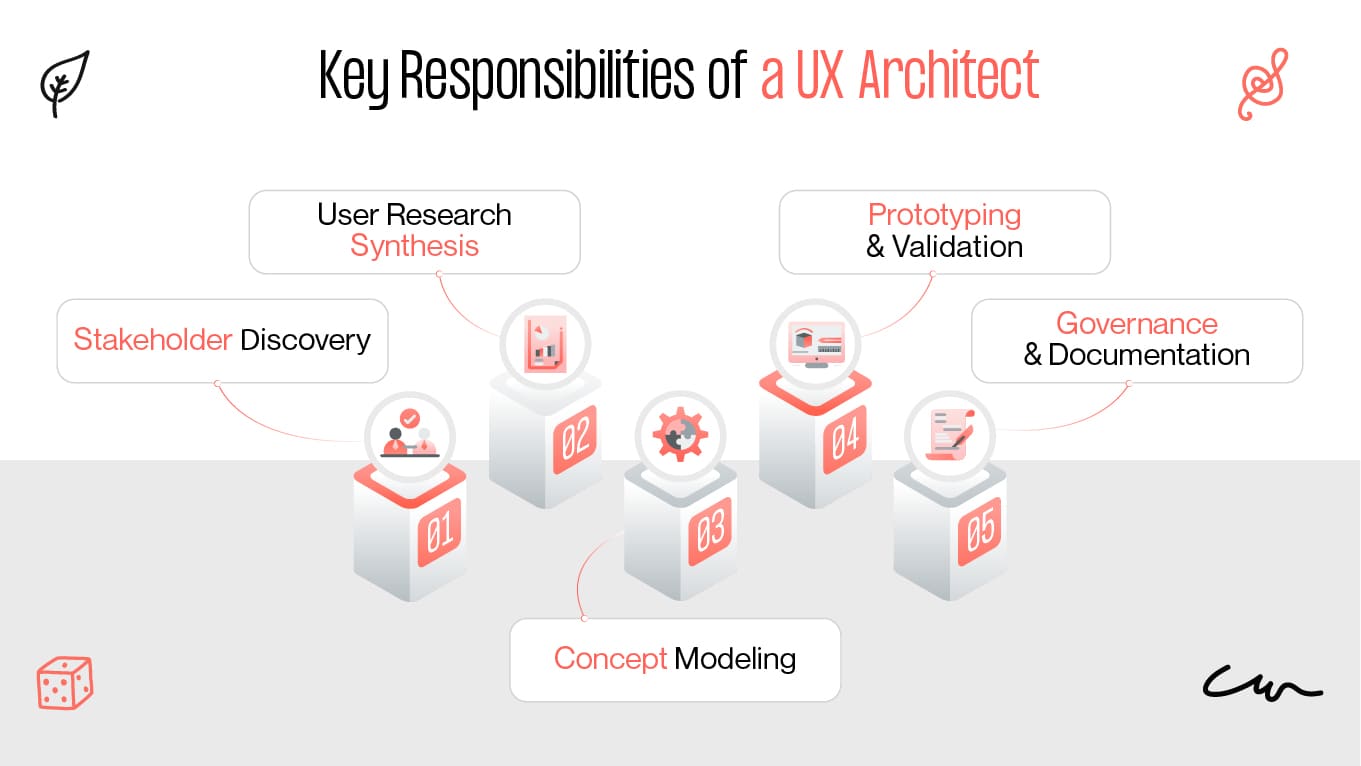The digital products that feel effortless — the airline app that helps you re‑book a flight in three taps, the fintech dashboard that surfaces the exact metric you need, the e‑commerce checkout that never crashes on Black Friday — rarely happen by accident. They are the result of deliberate structural thinking that starts long before colors, icons, or micro‑animations enter the conversation. At the heart of that thinking sits a UX architect: a hybrid strategist who bridges business goals, user psychology, and technical constraints to create a blueprint for outstanding experiences.









